#AstroPhotography
Explore tagged Tumblr posts
Text
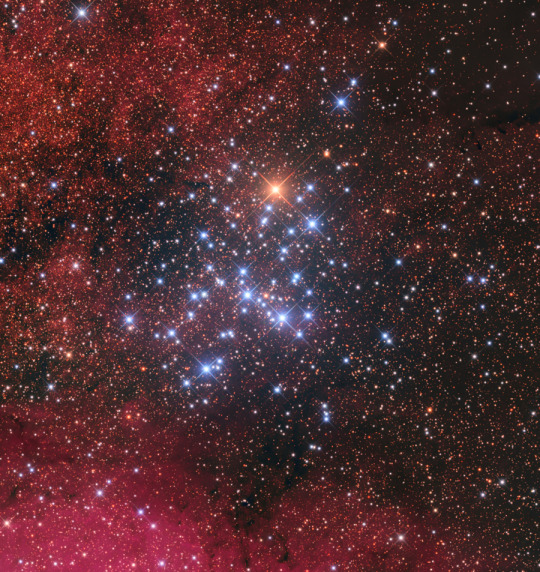
Butterfly Cluster Messeir 6 ©
#stars#star cluster#astrophotography#space#galaxy#universe#cosmos#nasa#apod#astronomy#solar system#night sky
322 notes
·
View notes
Text

Milky Way arch over the Mojave desert, California
#milky way#milkywayphotography#space#galaxy#stars#nebula#aimeekb#astrophotography#photographerlife#adventure#hiking#explore#travel#lesbians who hike#mountains#california#mojave desert#california desert
9K notes
·
View notes
Photo
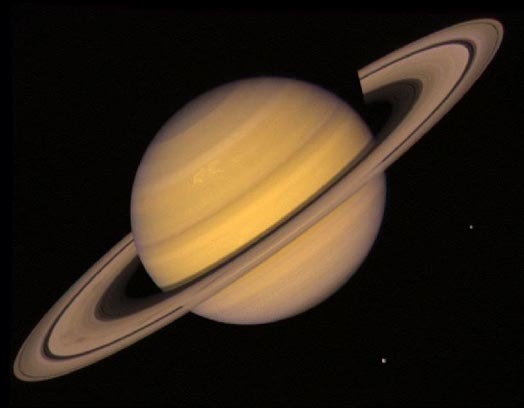
Saturn, Rings, and Two Moons
Credits: Voyager, NASA
125 notes
·
View notes
Text


























My favourite space images from Hubble space telescope. Thank you so much for giving us the stunning visuals of galaxies, stars and nebula. Happy 35th anniversary to the Hubble space telescope 🔭
#hubble space telescope#astrophotography#photographers on tumblr#photography#universe#galaxy#nebula#space#science side of tumblr#women in stem#stem academia#cosmology
3K notes
·
View notes
Text



12.27.24
3K notes
·
View notes
Text
The Full Pink Moon 🌕

3K notes
·
View notes
Text

What does it take to see this?
Decades of dreamers, inventors, scientists and artists working together to create a labor of love: a telescope capable of peering deep into the universe and back through time.
The James Webb Space Telescope has allowed us to see the earliest galaxies, the auroras and rings on our gas giants, and even detect clouds on planets far beyond our solar system, all because a group of dreamers looked at the universe with curiosity.
Witness the incredible story of Webb’s journey – from an impossible idea to a scientific marvel – all through the eyes of the people who made it possible in our new documentary. Cosmic Dawn is streaming now on NASA+.
#NASA#James Webb Space Telescope#astrophotography#space photography#space#galaxies#documentary#film#astronomy#engineering#technology#tech
3K notes
·
View notes
Photo

#aesthetic#astronomy#astrophotography#galaxy#night sky#observatory#solar system#space#stars#telescope#universe
949 notes
·
View notes
Text
WHAT EXISTED BEFORE THE UNIVERSE??
Blog#524
Wednesday, July 23rd, 2025,
Welcome back,
How our Universe was born from nothing or if there was something that existed before it remains a mystery, but that is not stopping some physicists from trying to figure it out.
My understanding is that nothing comes from nothing. For something to exist, there must be material or a component available, and for them to be available, there must be something else available. Where did the material come from that created the Big Bang, and what happened in the first instance to create that material? – Peter, 80, Australia.
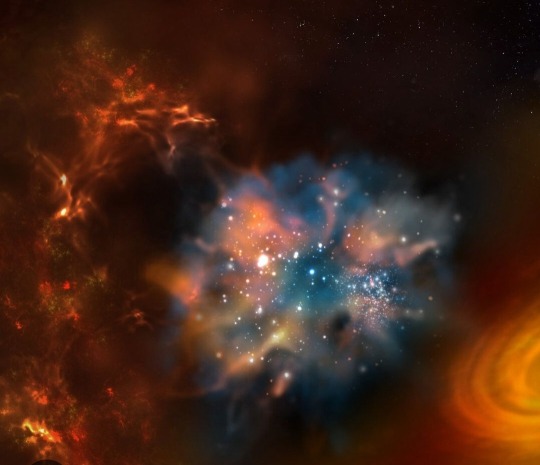
"The last star will slowly cool and fade away. With its passing, the Universe will become once more a void, without light or life or meaning." So warned the physicist Brian Cox in the recent BBC series Universe.
The fading of that last star will only be the beginning of an infinitely long, dark epoch. All matter will eventually be consumed by monstrous black holes, which in their turn will evaporate away into the dimmest glimmers of light. Space will expand ever outwards until even that dim light becomes too spread out to interact. Activity will cease.
Or will it? Strangely enough, some cosmologists believe a previous, cold dark empty universe like the one which lies in our far future could have been the source of our very own Big Bang.
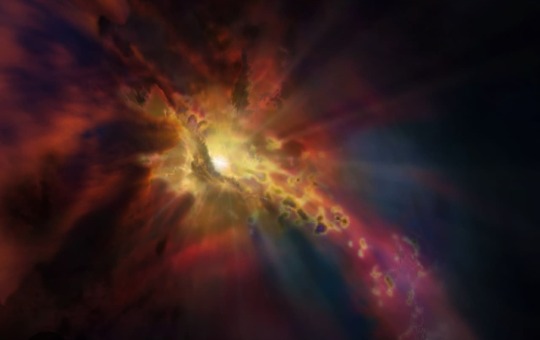
The first matter
But before we get to that, let's take a look at how "material" – physical matter – first came about. If we are aiming to explain the origins of stable matter made of atoms or molecules, there was certainly none of that around at the Big Bang, nor for hundreds of thousands of years afterwards. We do, in fact, have a pretty detailed understanding of how the first atoms formed out of simpler particles, once conditions cooled down enough for complex matter to be stable, and how these atoms were later fused into heavier elements inside stars. But that understanding doesn't address the question of whether something came from nothing.
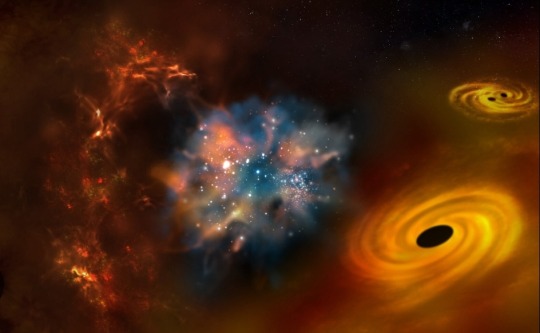
So let's think further back. The first long-lived matter particles of any kind were protons and neutrons, which together make up the atomic nucleus. These came into existence around one ten-thousandth of a second after the Big Bang. Before that point, there was really no material in any familiar sense of the word. But physics lets us keep on tracing the timeline backwards – to physical processes which predate any stable matter.
This takes us to the so-called "grand unified epoch". By now, we are well into the realm of speculative physics, as we can't produce enough energy in our experiments to probe the sort of processes that were going on at the time. But a plausible hypothesis is that the physical world was made up of a soup of short-lived elementary particles, including quarks, the building blocks of protons and neutrons.
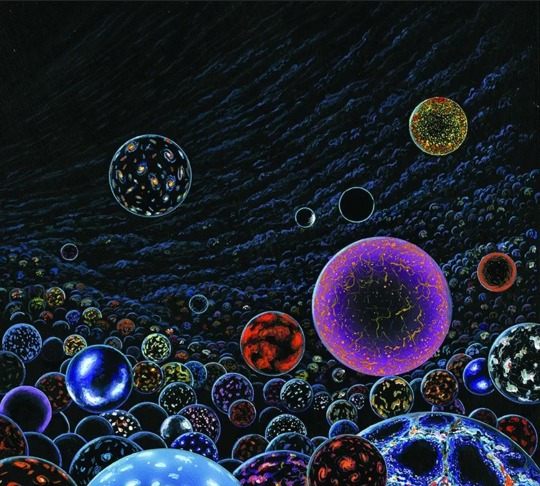
There was both matter and "antimatter" in roughly equal quantities. Each type of matter particle, such as the quark, has an antimatter "mirror image" companion, which is near identical to itself, differing only in one aspect. However, matter and antimatter annihilate in a flash of energy when they meet, meaning these particles were constantly created and destroyed.
But how did these particles come to exist in the first place? Quantum field theory tells us that even a vacuum, supposedly corresponding to empty spacetime, is full of physical activity in the form of energy fluctuations.
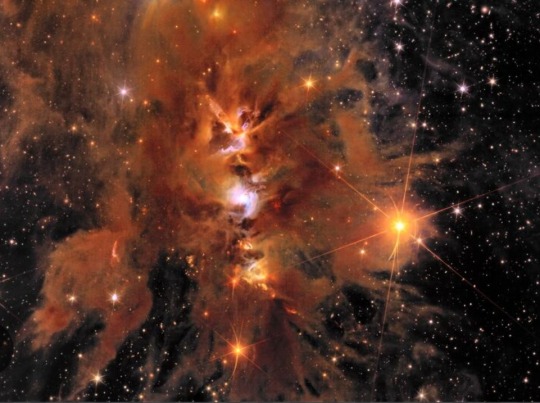
These fluctuations can give rise to particles popping out, only to disappear shortly after. This may sound like a mathematical quirk rather than real physics, but such particles have been spotted in countless experiments.
The spacetime vacuum state is seething with particles constantly being created and destroyed, apparently "out of nothing". But perhaps all this really tells us is that the quantum vacuum is (despite its name) a something rather than a nothing. The philosopher David Albert has memorably criticised accounts of the Big Bang which promise to get something from nothing in this way.
Originally published on https://www.bbc.com
COMING UP!!
(Saturday, July 26th, 2025)
"WHY DOES MATTER EXIST??"
#astronomy#outer space#alternate universe#astrophysics#universe#spacecraft#white universe#space#parallel universe#astrophotography
21 notes
·
View notes
Text
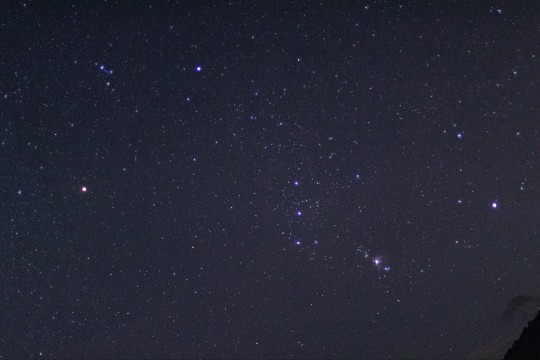
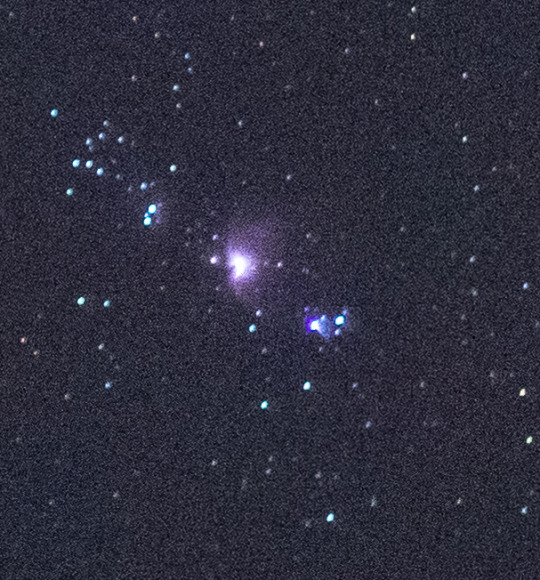
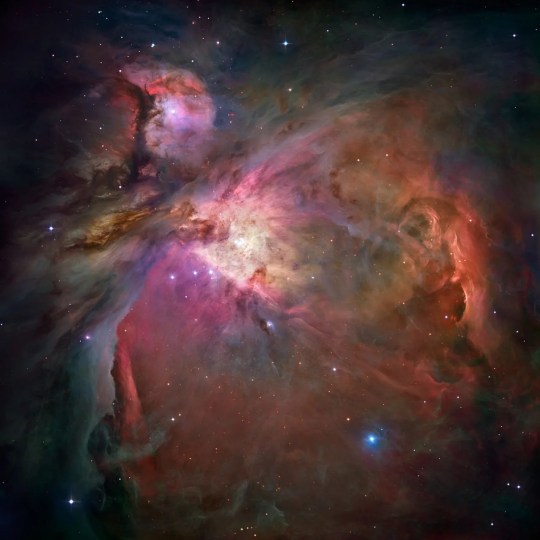

The Orion nebula
Jupiter-sized objects have been spotted floating by the James Webb Space Telescope unconnected to any star. What is intriguing is they seem to be in pairs of which around 40 have been detected. They've been nicknamed Jupiter Mass Binary Objects (JuMBOs).
One possibility is that they formed in regions of the nebula that lacked the density to give birth to stars. Another is that they were ejected from star systems due to gravity but neither provides a satisfactory explanation as to why they travel in pairs.

#physics#astrophysics#astronomy#space#science#astrophotography#stars#space photography#nebula#planets#orion nebula
25 notes
·
View notes
Text




Total Lunar Eclipse, Blood Worm Moon © astronycc
#worm moon#moon#astrophotography#total lunar eclipse#full moon#stars#night sky#galaxy#universe#cosmos#space#planet#astronomy#solar system
16K notes
·
View notes
Text

Mars, Jupiter, Venus, Saturn, 25.01.25, by Manusia dan Langit (composite picture of the alignment also called “planet parade”)
#space#universe#aesthetic#astronomy#astrophotography#jupiter#saturn#mars#venus#planets#planet#solar system#photography#tale#it seems the photo has been recomposed#not a real alignment#venus looks like that bc chromatic aberration#common issue with telescope#and venus is the third brightest#object in the sky
15K notes
·
View notes
Photo
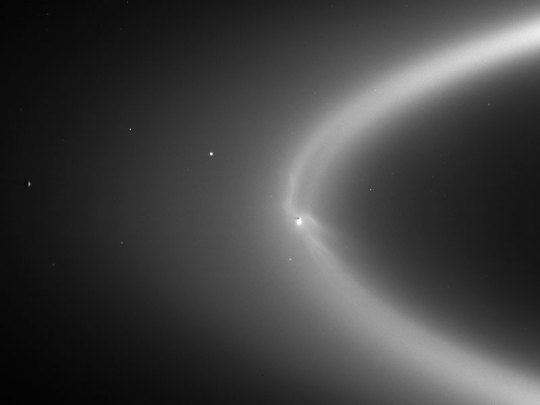
Enceladus Creates Saturn's E Ring
Credits: CICLOPS, JPL, ESA, NASA
97 notes
·
View notes
Text


Wolf Moon with Mars peeking out
astronycc
#Sony A7iii#Sony 200-600mm G Lens#Teleconverter 2X#astrophotography#astronomy#the moon#mars#the planets#curators on tumblr
16K notes
·
View notes
Text
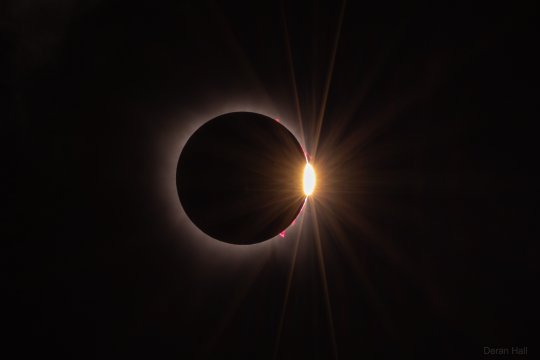


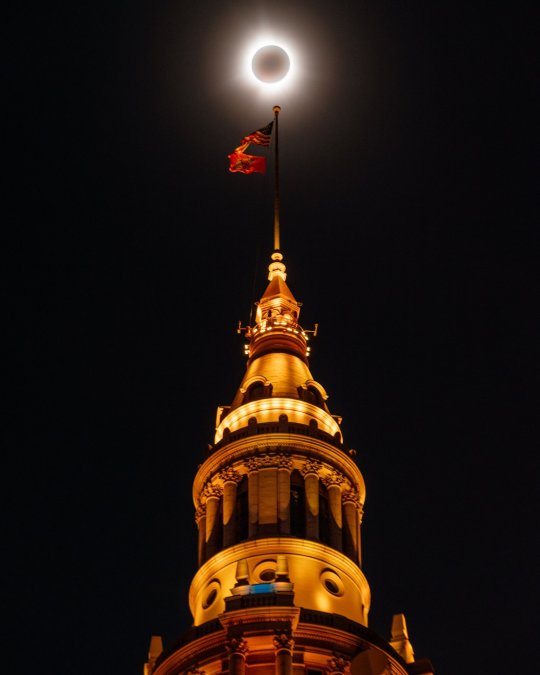

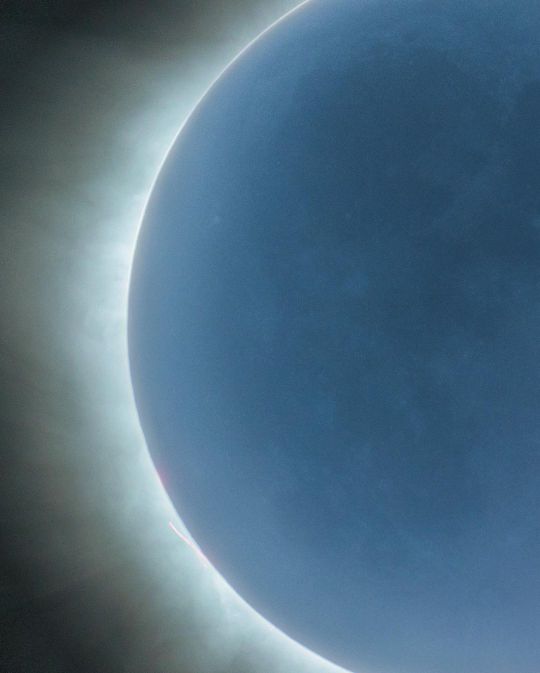
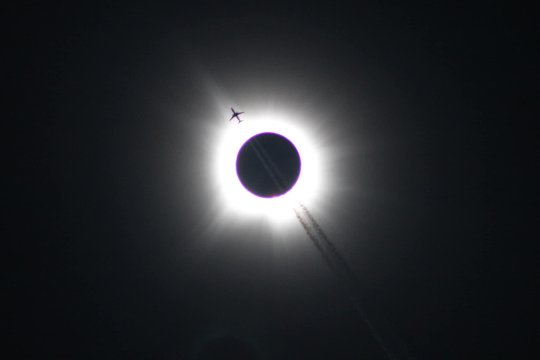
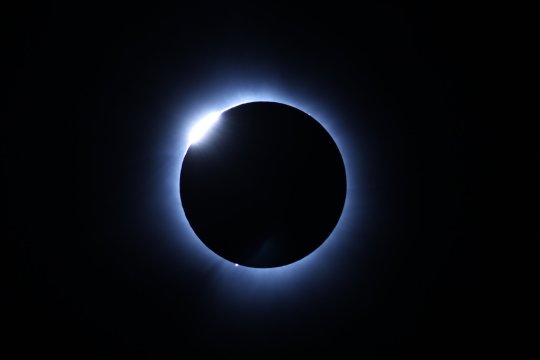


Total Solar Eclipse l April 2024 l U.S. & Canada
Cr. Deran Hall l Rami Ammoun(236) l GabeWasylko l REUTERS l KendallRust l Joshua Intini l Alfredo Juárez l KuzcoKhanda
#total solar eclipse#space#astrophotography#astronomy#solar eclipse#sky#galaxy#planets#universe#solar system#nasa#sun#moon
40K notes
·
View notes